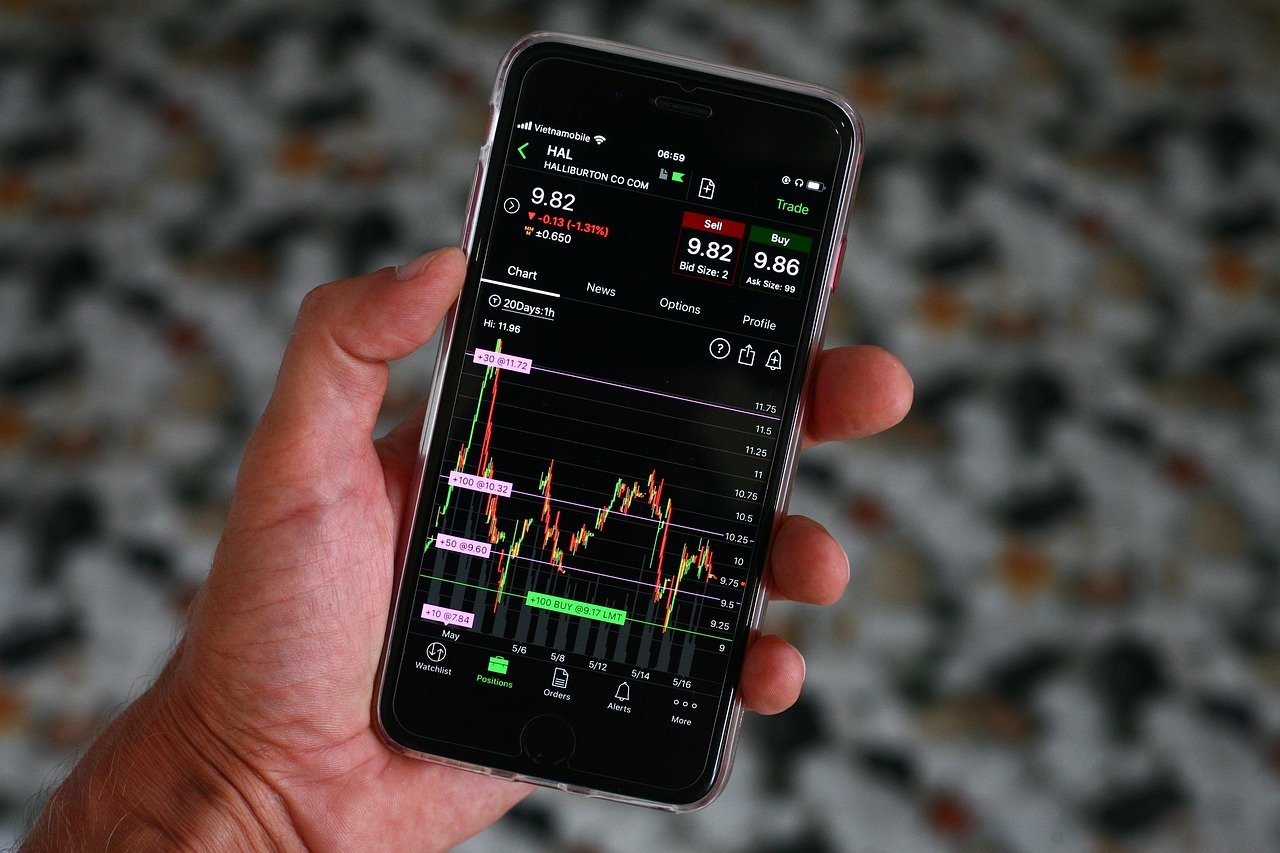Learn options trading for beginners: key terms, simple profit examples, basic strategies (covered calls, cash-secured puts, spreads) and tips.
Complete Beginner’s Guide to Options Trading: Complete Beginners Guide
Options are like special coupons for stocks. They give you the right to buy or sell a stock at a fixed price by a certain date. You pay a fee (called a premium) to get this right. The owner of the option can choose to use it or let it expire. There are two main kinds: a call (right to buy stock) and a put (right to sell stock). For example, a call option lets you buy 100 shares at the strike price if the stock rises. A put lets you sell 100 shares at the strike price if the stock falls. The strike price is the fixed price you agree on ahead of time.
- Call Option: Gives you the right to buy stock at the strike price. You’d use a call if you expect the stock price to rise.
- Put Option: Gives you the right to sell stock at the strike price. You’d use a put if you expect the stock price to fall.

Each option contract usually covers 100 shares of stock. So, if a call option has a premium of $2.20, you actually pay $2.20×100 = $220 in total.
Tip: You only pay the premium up front. That’s the most you can lose as a buyer of the option.
How Options Work: Calls, Puts, Strike, Premium
Think of an option as a bet on the stock. If you buy a call, you bet the stock will go up. If you buy a put, you bet the stock will go down. The strike price is the agreed price to buy or sell, and the expiration date is when the option ends. The premium is what you pay now for that chance.
For example, imagine Stock ABC is trading at $68. You buy a $70 call with a premium of $2.20 (cost $220). The strike price is $70, so ABC needs to go above $70 before your call is worth anything. In fact, you must beat the break-even of $72.20 (strike $70 + $2.20 premium) to make money.
- If ABC rises to $80, the call’s value shoots up. In this case, that call might cost $10.20, making it worth $1,020 (because 100 shares × $10.20). You paid $220, so you could sell it for a profit of $800.
- If ABC falls or stays below $70 by expiration, the call expires worthless. You lose your $220 premium.
Now imagine you bought a put instead. Say ABC is $72, you buy a $70 put for $2.20 ($220). The stock must drop below $70 to help you. If ABC falls to $60, that put might be worth $10.20 ($1,020), netting you an $800 profit. But if ABC rises above $70, the put expires worthless and you lose your $220investor.gov.
Tip: Options are powerful but risky. Only trade with money you can afford to lose – which is just the premium you pay.
Example: Profit and Loss on a Trade
Let’s see a simple call option example: You buy 1 call contract (100 shares) with strike $70, premium $2.20, when stock is $68. You spend $220 (100×$2.20). If the stock jumps to $80, your option might be worth $10.20 (so $1,020). Selling it makes $800 profit. If instead the stock drops to $65 by expiration, the option expires worthless, and you lose $220.
For a put option example: You buy 1 put contract, strike $70, premium $2.20, when stock is $72. It costs $220. If stock falls to $60, your put may be worth $10.20 ($1,020), netting $800 profit. If the stock instead rises to $75, the put expires worthless and you lose $220.
Tip: Options are like fast-moving cars on the road – they can quickly go up or down. Always watch your positions and consider setting a sell point or using “stop” orders.
Options Trading Strategies for Beginners
Once you know the basics, here are some simple strategies beginners use:
Covered Calls
You already own the stock, and you sell (write) a call on it. This earns you extra income (the premium). If the stock stays below the strike, you keep your stock and the premium. If the stock rises above the strike, you must sell your stock at the strike price, but you still keep the premiumi. Essentially, you cap your upside in exchange for the premium.
Tip: Only do covered calls on stocks you don’t mind selling at the strike price.
Cash-Secured Puts
You set aside cash to buy a stock, and you sell a put option on it. If the stock stays above the strike, the put expires worthless and you keep the premium. If the stock falls below the strike, you buy the stock at that strike price. This means you effectively pay the strike minus the premium for the stock. It’s a way to buy a stock at a discount while getting paid now.
Tip: Only sell cash-secured puts on stocks you’d be happy to own at the strike price. The premium you earn gives you a cushion.
LEAPS (Long-Term Equity AnticiPation Securities)
LEAPS are just long-term options (they expire in more than one year). They work just like normal options but give you a much longer time for your bet to pay off. Because of the long duration, LEAPS cost more than short-term options but still much less than buying 100 shares. They let you make a long-term bet on a stock with less money upfront.
Tip: LEAPS tie up your money for a long time. Be patient and have a long-term view when using them.
Vertical Spreads
A vertical spread combines two options of the same type (both calls or both puts), same expiration, but different strikes. For example, a bull call spread is buy a call at a lower strike and sell a call at a higher strike. This costs less than just buying the call alone, and it also limits your upside. It sets both a maximum profit and a maximum loss. Spreads can help manage risk in your trade.
Tip: Spreads are a more advanced move but keep them simple: use a bull spread if you think a stock will rise moderately, or a bear spread (buy put, sell lower-strike put) if you think it will fall. They limit both your gains and losses.
Recommended Options Trading Books
For more learning, consider these well-reviewed beginner books:
Options Trading for Beginners: Proven Strategies to Trade With Confidence by Maxx Lionesz (2024) – A fresh guide covering risk management and core strategies. Buy on Amazon.
Options Trading for Beginners: How to Get Started and Make Money with Stock Options by J. D. Scott (2014) – A clear, step-by-step intro to calls, puts, and basic option mechanics. Buy on Amazon.
Options Trading For Dummies by Joe Duarte (4th Ed., 2021) – The friendly “Dummies” series uses plain English to explain calls, puts, and common strategies. Buy on Amazon.
Options Trading [All-in-1] by Harry Gastrell (2024) – An in-depth guide that covers 34 techniques. It’s a bit hefty but starts from basics up to more advanced tips. Buy on Amazon.
The 3 Best Options Strategies For Beginners by Freeman Publications (2021) – Focuses on income strategies (covered calls, credit spreads, iron condors) with plain-English tips. Buy on Amazon.
Each of these books has good reviews and is aimed at new option traders.
Helpful YouTube Channels
Many beginners find videos easier to follow. Try these educational channels (click to visit):
- Option Alpha (YouTube) – Brian provides step-by-step tutorials on basic and advanced options strategies.
- Tastytrade (YouTube) – Daily shows about options and futures. They break down trades in a casual, clear way.
- Sky View Trading (YouTube) – Short, focused videos on specific option strategies and concepts for beginners.
- The Trading Channel (YouTube) – Steven covers stock and options basics with a coaching style.
These channels include tutorials on “options trading for beginners” and walk through examples on real charts.
Enjoy your trading option game. Do not think about money. Just keep focus on how to do risk management. One day, you will be a better trader in the market.
Also, keep focus on Academic Broadcasting Platform for getting more business-related blogs and your essential products.










